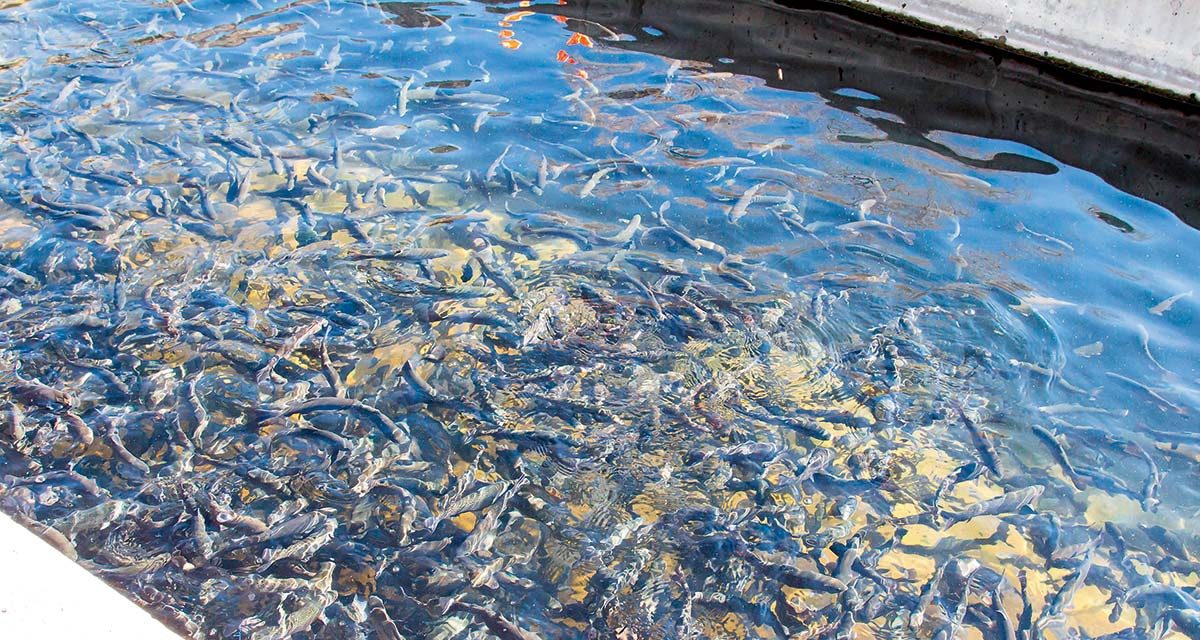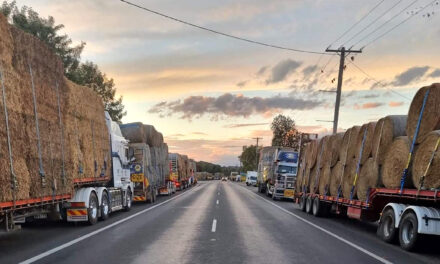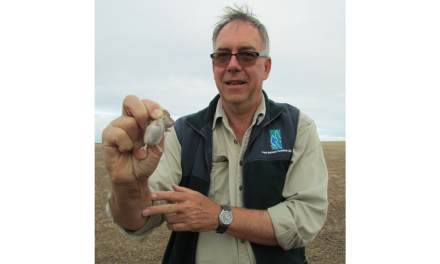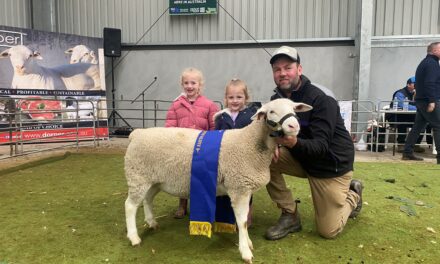In Australia, about 1500 to 2000 tonnes of trout are produced each year, with most commercial and aqua-tourism farms located in the eastern states. One of the oldest farms in NSW, Eucumbene Trout Farm, has proven that diversification leads to sustainability in smaller-scale, modern-day trout production.
Nestled high in the Snowy Mountains, just north of Jindabyne, the 18ha Eucumbene Trout Farm lies at the base of the pristine, icy cold waters of Stoney Creek.
The farm was established by a brave Scottish immigrant in 1846, but the trout came along some time later, in 1973 with the Craig family. After constructing the main dam, Stony Lake, a small hatchery was established and trout were grown in large floating cages in the lake.
Given the necessity for high oxygen levels in the water for trout to grow, petrol engines moved water through sprinkler systems to aerate the water for the trout on the lake.
But the farm and its systems proved unviable and production ceased in 2008 due to costs of electricity, which was relied on to move water on the farm. It wasn’t until 2012, when current owners Peter and Karen Cottrell re-opened the farm with a revised and far more sustainable operating system, that trout – and tourism – were once again in business at Eucumbene.
Today, visitors to the farm can enjoy trout fishing (mostly rod and reel although fly rods are available) and catches can be consumed at the on-farm barbecues or taken home fresh. Farm tours are also available, and guests can also buy and try Eucumbene award-winning smoked trout at the farm’s cafe– or, even have a go at smoking their own catch!
“We are a tourism destination, built around a viable trout farm,’’ explains Peter, a chartered accountant by trade, who moved to the farm with wife Karen for a tree change.
“Critically, farm gate sales represent a key component in securing retail return on sales.”
But during the past five years, Peter has honed his skills in trout farming and trout value-added production.
“The big challenge – and the number one key to success in trout farming – is ensuring trout have the right conditions in which to live and grow; this means managing oxygen levels for the fish,’’ says Peter.
“Trout are not native to Australia and are a cold-water fish. The oxygen levels in the water are critical to their survival. Cold water increases the water’s capacity to retain oxygen levels, and this explains why our location, at some 1100m above sea level, is so suitable to trout farming.
“A trout uses five times more oxygen at around 20°C than at 0°C and may well perish at these higher levels. Our key has been moving air not water. For example, oxygen in open ponds reaches around 95 per cent in winter, but dips to 55 per cent in summer – therefore, we need to employ the use of our aeration systems in the warmer months.
“In doing so, I changed the way the farm operated by moving air through the water, and I also moved away from the heady costs of petrol engines and electricity to solar power that is utilised when needed, rather than run at capacity all the time.”
Gravity fed water systems also keep costs down, and ensure trout can thrive in suitable climates.
While trout farms aren’t a traditional feature of aquaculture in NSW – approximately 85 per cent of Australian trout are grown in the Murrindindi/ Upper Goulburn region in Victoria – Eucumbene has evolved to become the largest single destination for trout fishing in NSW. The farm mixes trout farming, value-added smoked trout production and farm gate sales, along with tourism and accommodation into a dynamic and booming business.
This year, the farm has won three national medals for its acclaimed smoked trout, with farm gate sales amounting to about 5kg a week sold, up from 2kg to 2.5kg last year.
“We have found that tourism and farm gate sales of the value-added trout have been where our best margins are, being a smaller-scale trout farm,” says Peter.
“We have had to start the farm from scratch, including stocking from a zero position. We have found that buying in fingerlings and growing them is the most profitable way to produce trout, and we minimise risk this way too.”
Fingerlings are bought in from March 31 to November 1 each year from Snowy Mountains Trout farm at Tumut, weighing about 5g. They are placed in grow out tanks before transferring to Stony Lake or catch ponds, where visitors to the farm can catch their own fish, cook and even eat it at the farm the same day.
Stocking densities of 10-40kg/m3 are common in commercial trout farms with prospective biomass of 50 per cent possible, but at Eucumbene, the operations are well below these levels.
After arriving at the farm, fingerlings are fed 1 per cent of their bodyweight per day with an impressive 100 per cent conversion.
It takes about 18 months for a fingerling to grow to a 500g trout suitable for catch and processing.
“Based on current ponding and tourist operation, capacity of the farm is about 3 tonnes per annum – certainly at the low production levels as a commercial farm,” says Peter.
“But we see this as an opportunity to be environment friendly while reducing costs.
“Critical to Eucumbene is the operation on the Stony Creek. The creek makes up the entire source of water and is continually recycled within a closed system with source dam, Stony Lake, effluent pond and biofiltration sand pond/sand filter feeding back to the main dam.
“The tanks are all gravity feed. The gravity feed also allows oxygen levels to be optimised, which can be enhanced by spraying.
“There are steps in place within the system to allow a 100-year flood event, with pipes in the dam wall also allowing for any natural increase in water to flow out and not impede floodwater, while at the same time retaining any fish in the dam and preventing any damage to downstream flora and fauna.
“Even as a small holding focused on trout, we have diversified in recent years with the grazing of our highland cattle and a few alpacas!
“Eucumbene does not use any chemicals and reuses any waste on the farm as fertiliser.
“Overall, keeping these matters in mind will reduce costs, contribute to efficiency and operate on a sustainable basis, with minimal environmental impact.”
Eucumbene Trout Farm is year-round, but January through April is a particularly busy and a good time to visit. The farm is open Wednesday to Sunday from 10am to 4pm at 1066 Stoney Creek Rd, Rocky Plain NSW. For more information, phone (02) 6456 8866 or visit www.eucumbenetroutfarm.com








